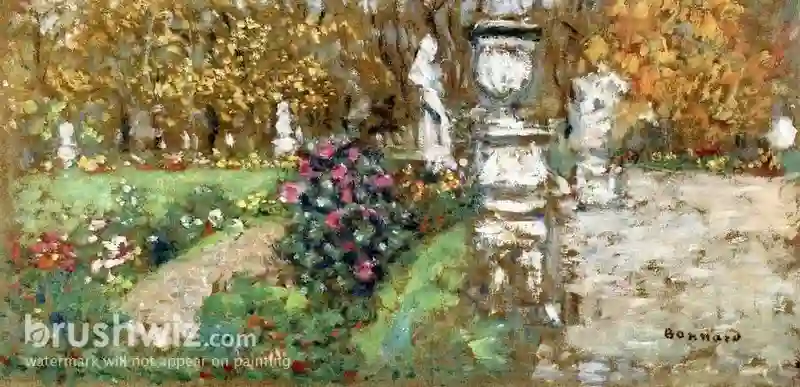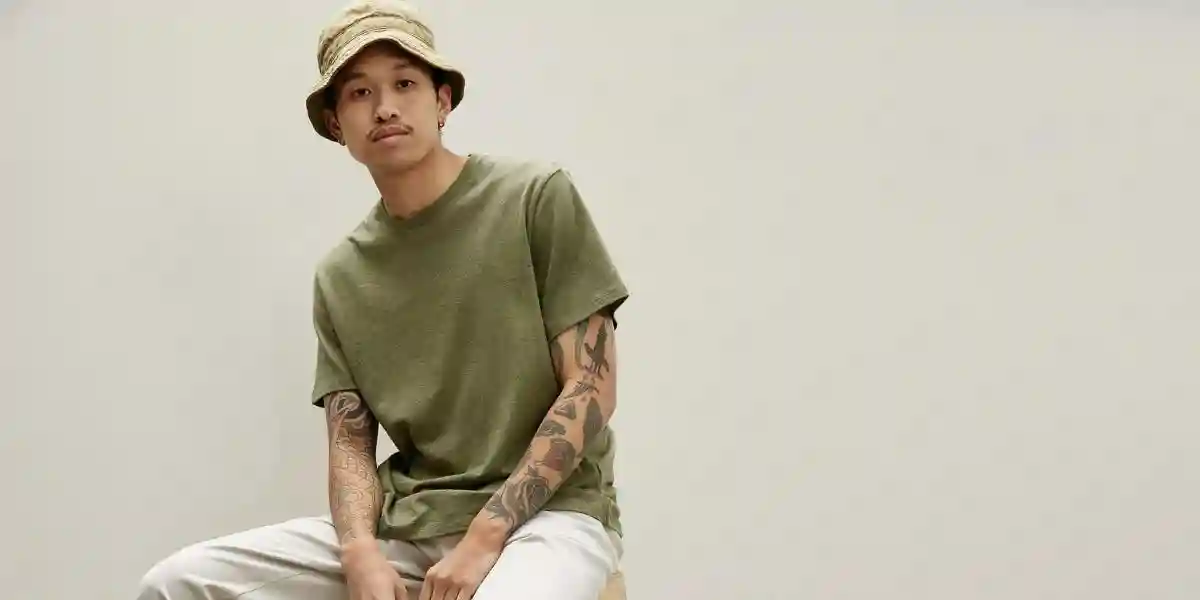Contrast is a powerful and essential element in visual art that can captivate viewers and make artworks truly striking. In the world of oil painting, mastering the use of contrast is a skill that can elevate your work to new levels of impact and beauty. In this article, we’ll explore the art of creating striking contrast in oil art, from understanding the concept of contrast to practical techniques that artists can use to make their paintings bold and beautiful.
The Power of Contrast
Contrast is the juxtaposition of different elements in a composition, and it plays a pivotal role in guiding the viewer’s eye and conveying a message or emotion. In oil art, contrast can be achieved through various means, including differences in color, value, texture, size, and more. Here’s why contrast is so important:
- Visual Interest: Contrast creates visual interest and prevents a composition from appearing dull or monotonous. It keeps the viewer engaged and curious.
- Emphasis: Contrast can draw attention to specific areas or elements within a painting. It helps highlight focal points and guide the viewer’s gaze.
- Drama and Impact: Striking contrast can infuse a painting with drama and impact, making it memorable and emotionally resonant.
- Clarity: Contrast enhances the clarity of a composition by defining edges and shapes. It helps viewers distinguish between objects and forms.
- Mood and Atmosphere: Different types of contrast can evoke different moods and atmospheres in a painting. For example, high-contrast scenes may feel intense and vibrant, while low-contrast scenes can convey subtlety and serenity.
Types of Contrast in Oil Art
To create striking contrast in oil paintings, artists can explore various types of contrast. Here are some essential types of contrast to consider:
- Color Contrast: Color contrast involves the use of different colors or color schemes to create visual interest. Complementary colors (opposite on the color wheel) create strong color contrast.
- Value Contrast: Value contrast is the difference in lightness or darkness between elements in a composition. High-value contrast can create dramatic lighting effects.
- Texture Contrast: Texture contrast involves combining different surface textures within a painting. Smooth surfaces can contrast with rough or textured areas.
- Size and Scale Contrast: Varying the size and scale of objects or elements in a composition can create contrast and emphasize certain elements.
- Temperature Contrast: Temperature contrast refers to the use of warm and cool colors to create visual impact. Warm colors advance, while cool colors recede.
- Detail Contrast: Contrast in the level of detail within a painting can guide the viewer’s attention and add complexity to the composition.
Practical Techniques for Creating Contrast
Now that we understand the importance of contrast and its various forms, let’s explore practical techniques that artists can use to achieve striking contrast in oil art:
- Underpainting: Begin with an underpainting that establishes the basic values and contrasts in your composition. This serves as a roadmap for your painting and ensures a strong foundation.
- Chiaroscuro: Embrace chiaroscuro, a technique that emphasizes strong contrasts between light and dark. This technique was famously used by artists like Caravaggio to create dramatic and three-dimensional effects.
- Layering: Build up layers of paint to create depth and volume. Use transparent glazes to adjust colors and values while maintaining underlying contrasts.
- Brushwork: Vary your brushwork to create textural contrast. Use loose, expressive strokes in some areas and fine, detailed strokes in others.
- Palette Knife: Incorporate a palette knife to add impasto texture or create sharp, clean edges. The contrast between knife strokes and brushwork can be visually striking.
- Color Mixing: Experiment with color mixing to create vibrant contrasts. Mixing complementary colors, such as red and green or blue and orange, can produce intense visual impact.
- Edge Contrast: Pay attention to the edges of shapes and objects. Sharp, well-defined edges can contrast with soft, blurred edges to create visual interest.
- Simplify: Simplify your composition by eliminating unnecessary details. This can enhance the contrast between essential elements.
- Negative Space: Use negative space effectively to create contrast with the positive space (the subject). Negative space can frame and emphasize the subject.
- Use of White: White paint can be used strategically to create highlights and enhance value contrast. Be cautious not to overuse white, as it can dull colors.
Case Studies: Famous Artists and Contrast
Studying the works of famous artists can provide valuable insights into how contrast has been used to create powerful and memorable paintings. Here are a few examples:
- Rembrandt: The Dutch master Rembrandt is renowned for his use of chiaroscuro and dramatic value contrast. His portraits often feature strong contrasts between light and shadow, creating a sense of depth and emotion.
- Vincent van Gogh: Van Gogh’s bold use of color contrast, particularly in his vibrant landscapes and still lifes, is legendary. His juxtaposition of complementary colors and expressive brushwork creates intense visual impact.
- J.M.W. Turner: Turner, a master of atmospheric landscapes, used temperature contrast to convey mood and atmosphere. His use of warm and cool colors in seascapes and skies creates a sense of drama and awe.
- Pablo Picasso: Picasso’s cubist works explore contrast through the fragmentation and reassembly of forms. Contrasting shapes, angles, and perspectives create dynamic compositions.
Conclusion:
Creating striking contrast in oil art is about harnessing the power of juxtaposition to engage and captivate viewers. Whether you’re using color, value, texture, or other forms of contrast, it’s essential to experiment, practice, and develop your own unique style. By mastering the art of contrast, you can infuse your oil paintings with boldness, beauty, and a lasting impression that resonates with art enthusiasts and collectors alike. Embrace contrast as a tool to express your artistic vision and take your oil art to new heights of visual impact and emotional resonance.


